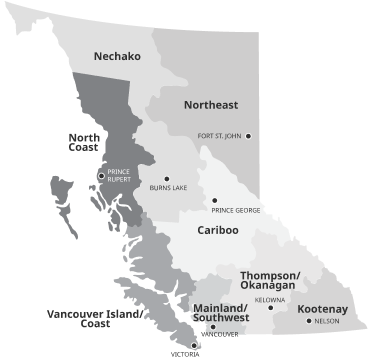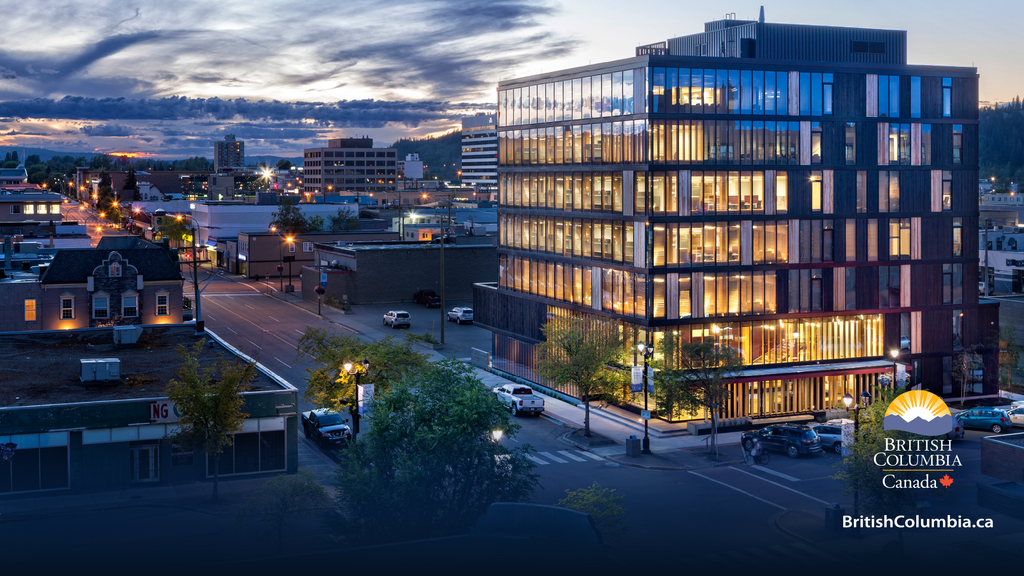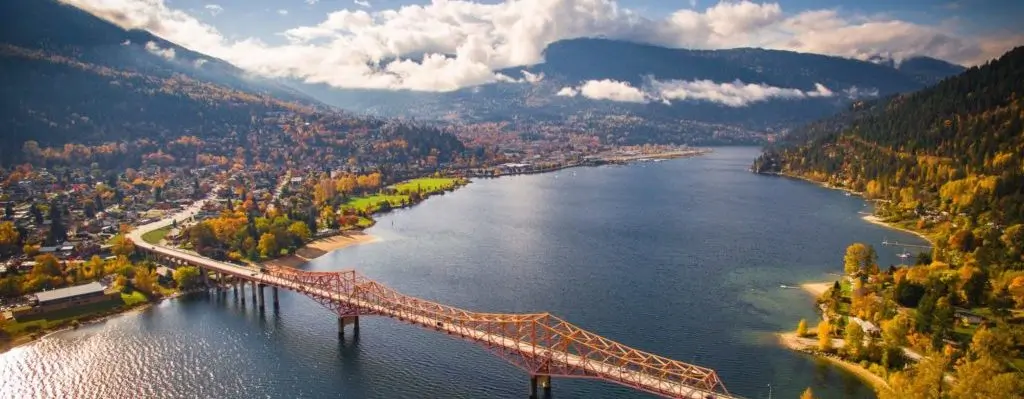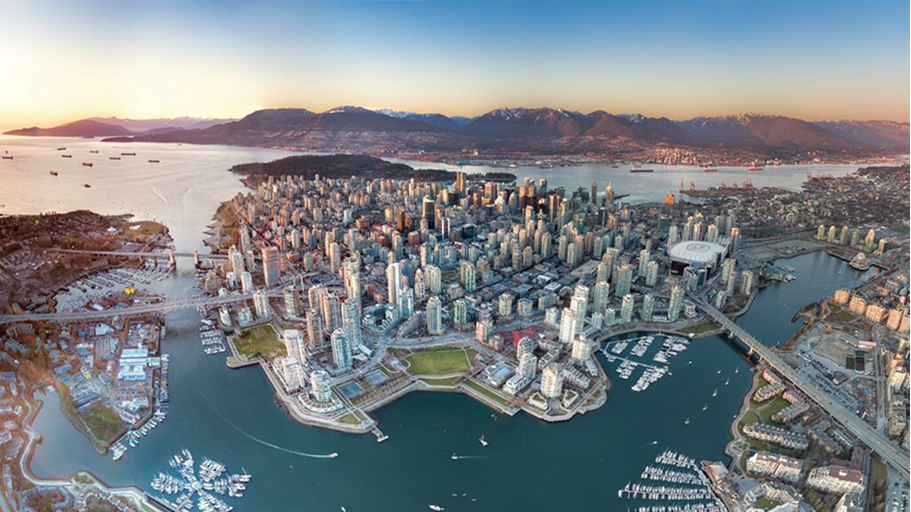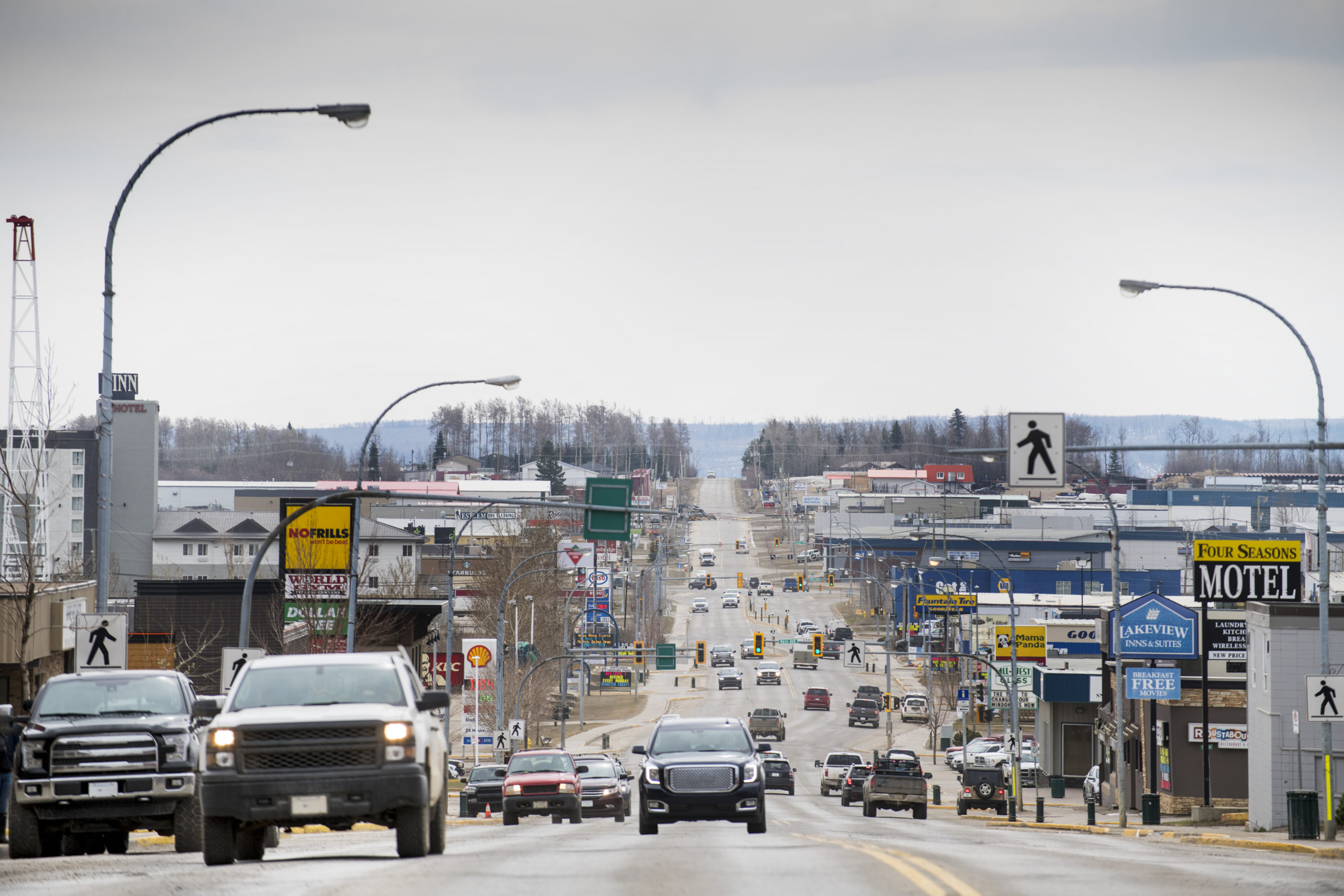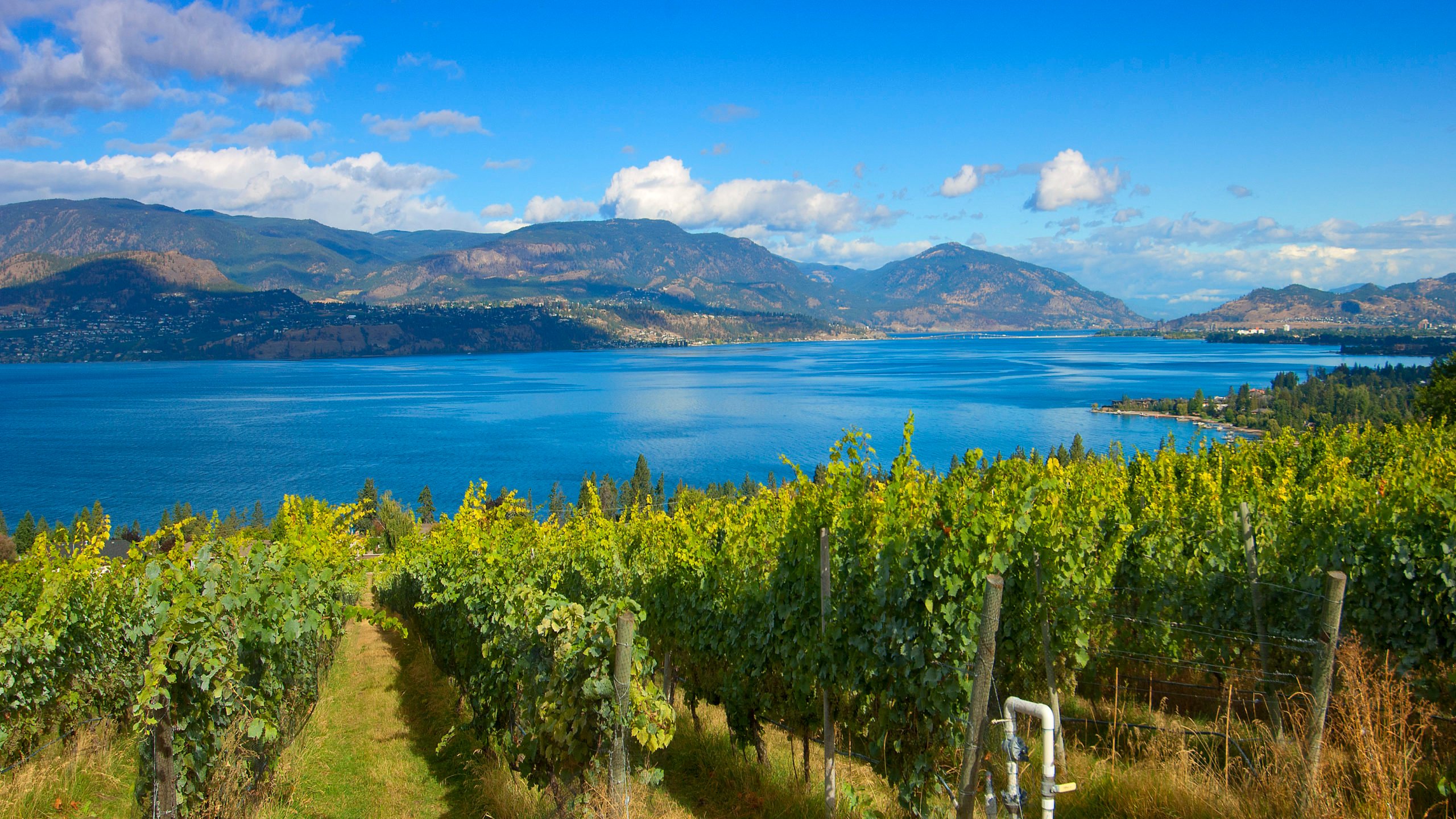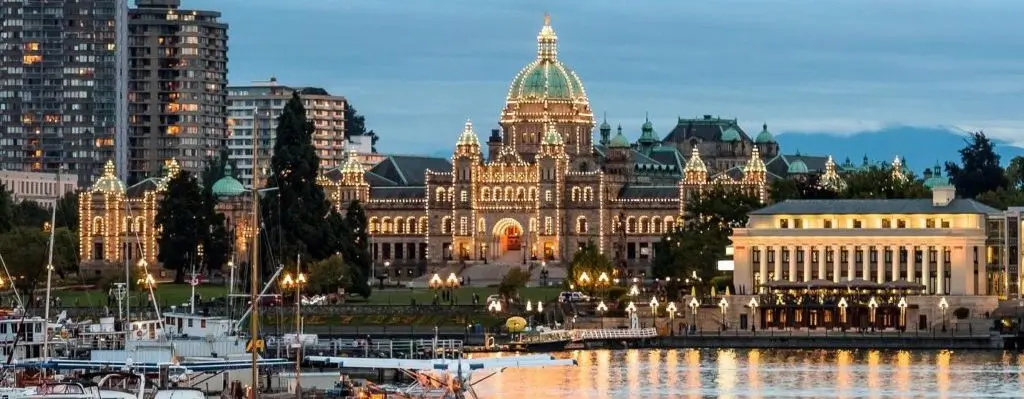Cariboo
Located in central B.C., the Cariboo region is an area of vast landscapes of mountain ranges, lakes and rivers. It includes the city of Prince George, which acts as a major service centre for the northern half of the province.
- Population: 169,716
- Key Industry Sectors: Agriculture, Seafood & Food Processing, Clean Energy, Forestry, Critical Minerals, Clean Tech, Agri Tech
- Key Cities: Prince George, Williams Lake, Quesnel, Mackenzie


